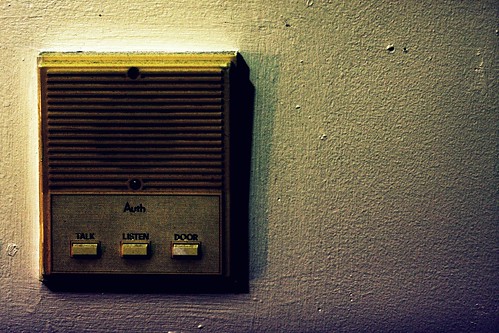 It may have been one of the worst value propositions ever made. I know you've heard it before -
It may have been one of the worst value propositions ever made. I know you've heard it before -
"Hands-on care is quality care".
I have heard it more than once, be it in a clinical environment, educational program, or on social media. What makes this scenario even worse is how the public has been snowed into believing it. Clinicians have, over time, skillfully trained the public to believe this. While doing so, clinicians continue to perpetuate a myth - that quality care is inherently related to the laying-on off hands.
The strange irony contained within a statement like this is that most "hands-on" approaches to assessment involve highly unreliable assessment tools. When two clinicians can't agree on what they are feeling, then the reliability and validity of the assessment strategy must be called into question. So if two clinicians can't consistently agree on what they are feeling, then how can this, by definition, be "high quality"? I call that a coin toss.
That's only the beginning of the problem, though. Building a platform of care on an unreliable assessment strategy is much like building a house on quicksand. I call that a coin toss as well.
If anything, "hands-on care" may in fact equate to "unreliable care". It lacks consistency. It isn't reproducible from clinician to clinician. And is that truly our goal?
The solution is simple. Stop perpetuating the myth! Proclaiming that "hands-on care is quality care" is simply a fallacy. Plain and simple. If it was the absolute truth, then there wouldn't be an MDT clinician in business - and I can tell you that is far from clinical reality.
Here's a thought: let's allow the patient to define "quality of care". Ask a patient the one thing that they lack in the current health care system. The answer? A clinician who will listen to their problem, and someone who will work with them to understand it.
"Empathic listening" may be the best “quality care" that we have available to us. It is severely lacking in a health care system that continues to pay lip service to the phrase "patient-centered". A good history provides valuable information on red flags and how mechanical loading strategies throughout the day (in the form of daily activities, recreation, or sport) affect the patient's signs and symptoms.
You don't need to use those magical, well-trained hands to palpate a transverse process through 3 inches of skin, muscle and adipose tissue (have fun with that), nor do you need to provide some cockamamie story about how those same magical hands are changing the patient's energy flow or re-aligning their spine.
Listen. Learn. Guide. Teach. Mentor.
If you listen to the patient, they will tell you what is wrong. A good mentor, a good guide, a good teacher - begins as a great listener. It might just be the highest quality care we can give them.
Photo credits: eflon
 "Running Injuries: Etiology And Recovery- Based Treatment" (co-author Bridget Clark, PT) appears in the third edition and fourth editions of "Clinical Orthopaedic Rehabilitation: A Team Approach" by Charles Giangarra, MD and Robert C. Manske, PT.
"Running Injuries: Etiology And Recovery- Based Treatment" (co-author Bridget Clark, PT) appears in the third edition and fourth editions of "Clinical Orthopaedic Rehabilitation: A Team Approach" by Charles Giangarra, MD and Robert C. Manske, PT.
 Allan Besselink, PT, DPT, Ph.D., Dip.MDT has a unique voice in the world of sports, education, and health care. Read more about Allan here.
Allan Besselink, PT, DPT, Ph.D., Dip.MDT has a unique voice in the world of sports, education, and health care. Read more about Allan here.
 Top 5 finalist in three categories: "Best Overall Blog", "Best PT Blog" and "Best Advocacy Blog".
Top 5 finalist in three categories: "Best Overall Blog", "Best PT Blog" and "Best Advocacy Blog".